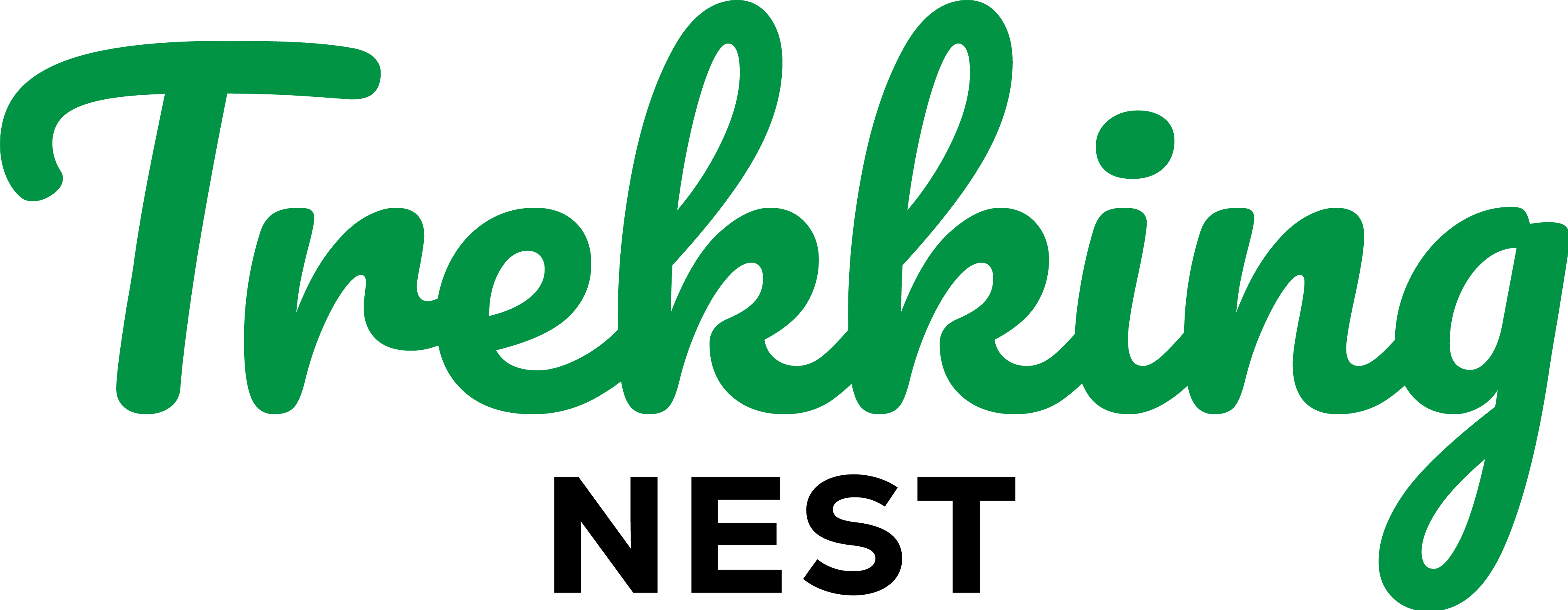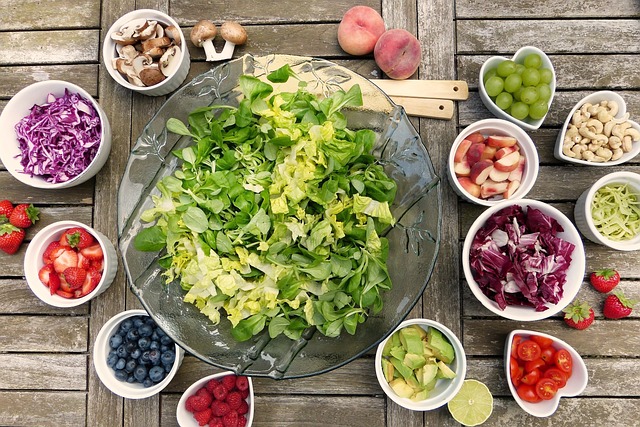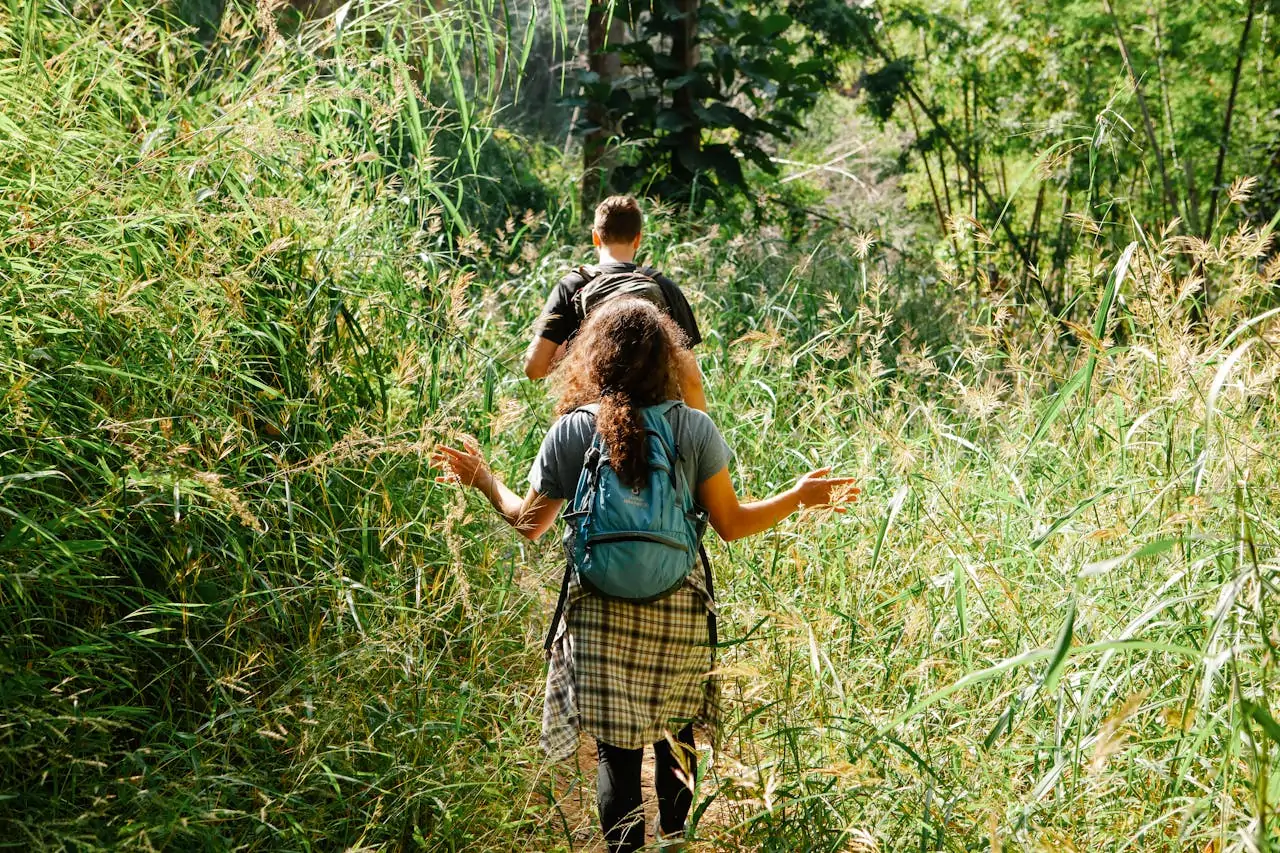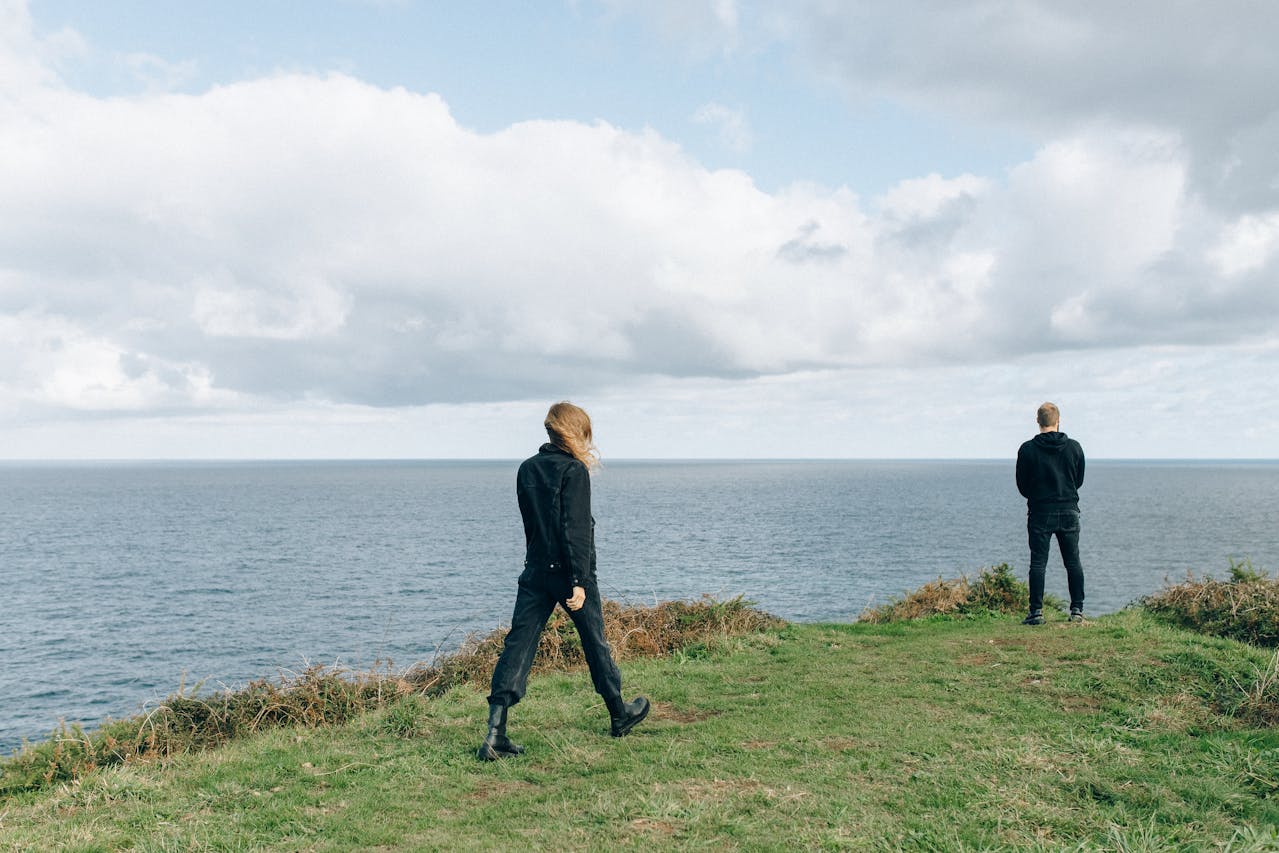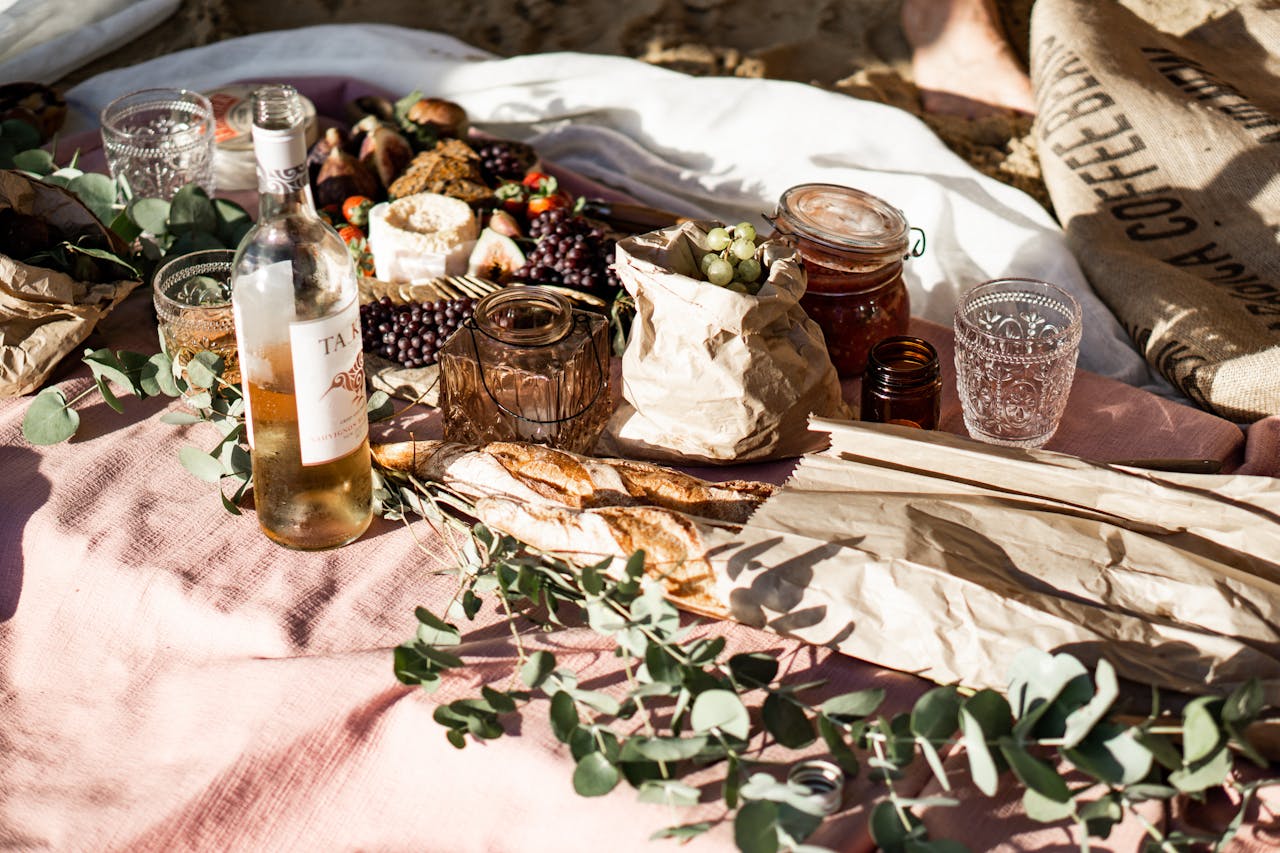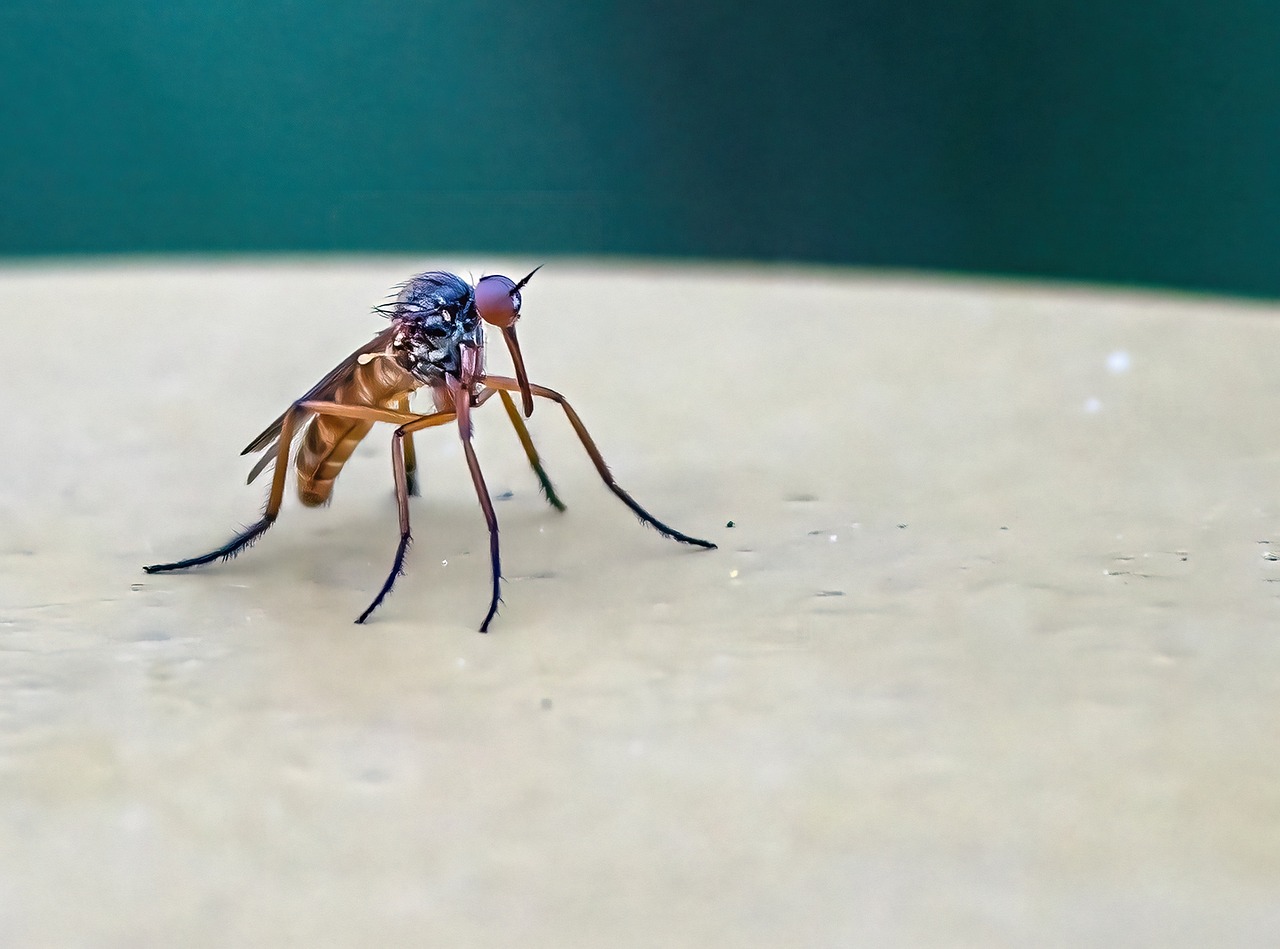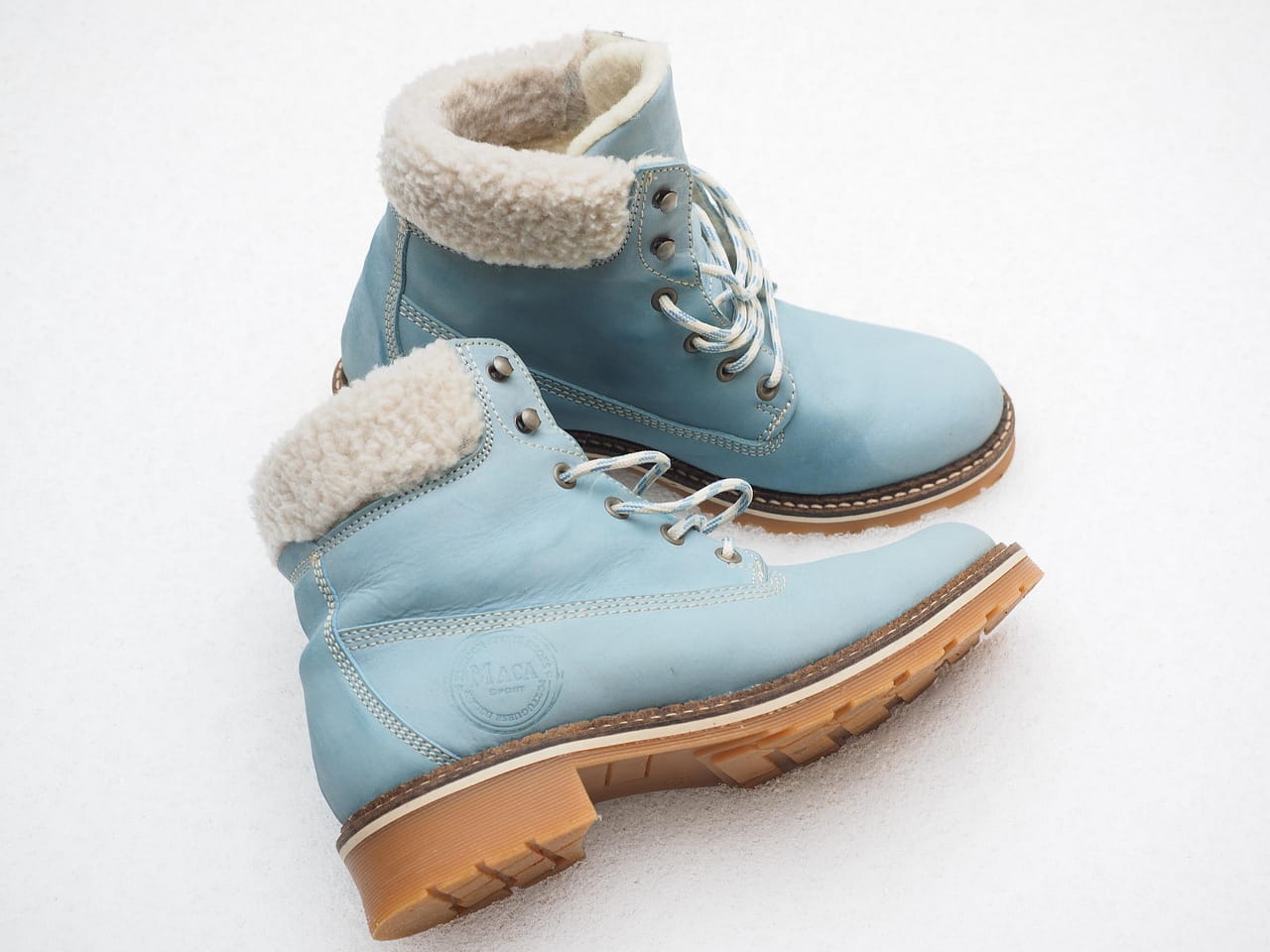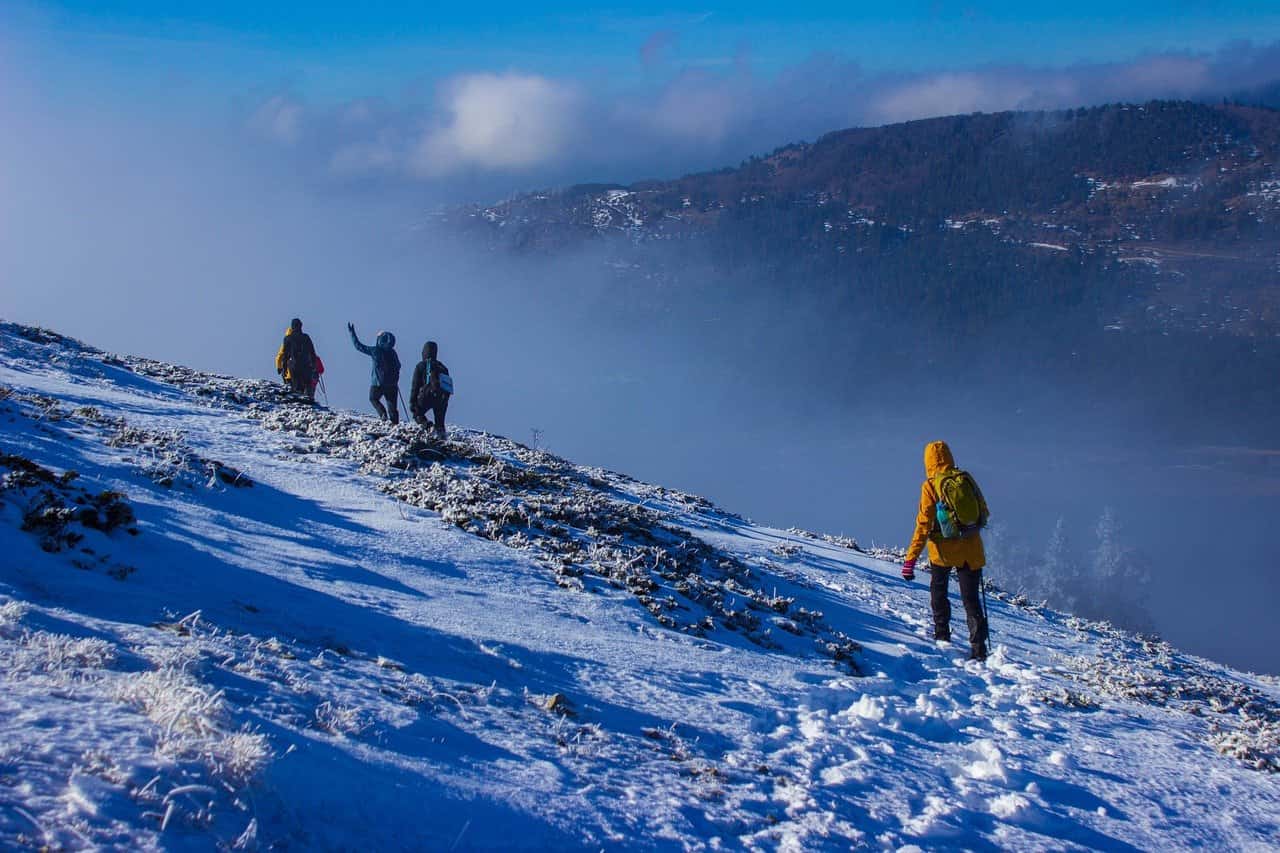The idea of eating only plants is getting more popular, especially with people who love the outdoors and want to protect the planet.
If you’re thinking about switching to a plant based hiking diet, you might wonder if you can still feel strong and full of energy while hiking.
Will you have enough energy to climb mountains, or will you feel too tired? And how will you get enough protein to keep your muscles strong?
When I first changed to a plant-based diet, it took some time to get used to it. Sometimes, I felt more tired than usual while hiking, and I got hungry and ran out of energy halfway up the trail.
But because I care about my health and the environment, I wanted to make sure I was eating the right way, so I took a special course in Plant-Based Nutrition to learn more.
I discovered a lot about how much protein we need and how to get the right nutrients to keep up my energy for outdoor adventures.
I hope this blog post helps clear up any worries you might have about getting enough protein and gives you some tips to stay energized on the trail.
How much protein do you need?
Some people think that if you eat only plants, you won’t get enough protein, but that’s not true! In fact, most people in the U.S. eat way more protein than they need, which isn’t always healthy. Eating too much protein, especially from animals, can actually be linked to certain diseases.
Health expert, says that people in developed countries are more likely to get too much protein than not enough.
For the average adult, the recommended amount of protein is about 0.36 grams of protein for every pound you weigh. So if you weigh 140 pounds, you only need about 50 grams of protein a day. If you weigh 250 pounds, you need about 90 grams.
The recommendation also says that only around 10% of your daily calories should come from protein.
If you’re eating enough food on a whole-food, plant-based diet that includes things like beans, veggies, and whole grains, you can get enough protein.
These numbers are based on a diet with 2000-2500 calories a day. If you’re super active, like an endurance runner or a plant-based hiker, you don’t need to load up on high-protein bars or powders. Instead, you should eat more whole, plant-based foods to get the extra calories and energy you need.
Eating more of these healthy, nutrient-packed foods will give you all the important nutrients (carbs, protein, and fat) you need, while still keeping everything balanced in your diet.
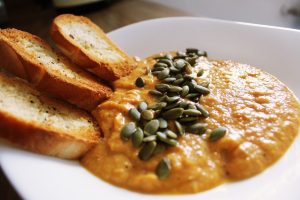
What are good sources of plant-based protein?
Before we talk about the best sources of protein for plant-based hikers, let’s first understand what a whole foods plant-based (WFPB) diet is. It’s pretty simple! A WFPB diet means you don’t eat any animal products like meat, cheese, dairy, eggs, or butter.
It’s similar to a vegan diet, but with WFPB, you mainly eat whole, unprocessed plants. This includes foods like whole grains, beans, leafy greens, vegetables, fruits, nuts, seeds, and lightly processed soy products like tofu and tempeh.
You also try to avoid or limit oil, even olive oil, because it’s not as healthy as some people think.
Now, I’ll admit that I sometimes eat chips, bars, Beyond Meat, and other vegan snacks that come in a box (I’m not perfect!), but as much as possible, I try to eat foods that are in their natural, unprocessed form.
Here are some examples of whole plant-based foods that are high in healthy protein and should be a regular part of your diet to support an active hiking lifestyle:
- Whole grains: barley, quinoa, brown and wild rice, oats, whole wheat, millet, farro, and more.
- Legumes: beans, lentils, peas, soybeans (like tofu and tempeh).
- Leafy Greens: spinach, beet greens, collard greens, kale, mustard greens.
- Vegetables: broccoli, corn, mushrooms, sweet potatoes, russet potatoes, artichokes.
- Seeds: chia, flax, hemp, sesame, pumpkin.
- Nuts: avocado, pistachios, almonds, cashews, walnuts.
- Nutritional yeast.
How much of these foods should you eat to get enough protein?
I was really surprised to learn that a medium-sized russet potato has 5 grams of protein and 4 grams of fiber. And did you know that 1 cup of cooked spinach has 5.3 grams of protein?
That’s pretty cool, but you might wonder how much of these foods you need to eat to get enough protein, especially if you’re really active. I get it—nobody wants to eat piles of beans and Brussels sprouts at every meal, especially in the morning before a hike! Plus, some of these foods aren’t very practical to bring with you on a hike. But keeping your energy up on the trail isn’t just about what you eat during your hike—it’s about what you eat every day, including before and after your hike.
Let me show you how quickly protein can add up when you eat a vegan diet:
Breakfast:
High-fiber oat bran cereal with 1.5 tablespoons of hemp seeds, 1 tablespoon of cacao powder, ¼ cup of walnuts, and ¼ cup of raspberries = 19 grams of protein.
Lunch:
Vegan chickpea salad, with shredded carrots and spinach = 21 grams of protein.
Dinner:
Quinoa bowl with ½ cup of black beans, tofu, corn, sautéed kale, and broccoli = 32 grams of protein.
Snack:
2 slices of whole wheat multigrain bread with 2 tablespoons of peanut butter = 15 grams of protein.
Altogether, that’s 87 grams of protein—more than enough for an active lifestyle and way above what most adults need. Plus, if you’re hiking and exercising a lot, you’ll probably snack more than once a day, which means even more chances to get the protein you need.
We’ve been taught to believe that only meat and protein powders can help us build muscle, but that’s not true. Of course, there are healthy and unhealthy vegan diets. These days, grocery stores are full of tasty vegan junk food, and it’s easy to fall into the habit of eating a lot of processed vegan foods. If you rely on these boxed foods instead of the whole foods mentioned above, you might not get all the nutrients you need.
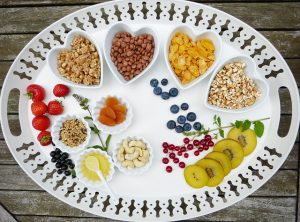
How can you stay energized on the trail as a plant-based hiker?
When I first started eating vegan, I often felt tired. That made me think about what I was eating and how I could change some of my habits to have more energy.
Here are some things I’ve found to be really important for keeping my energy up while hiking:
1. Eat a High-Quality Breakfast
I love having a bagel in the morning, which is fine if I’m just sitting at my desk all day. But when I’m going hiking, a bagel doesn’t give me the energy I need. About an hour into my hike, I start to get hungry, and my energy drops.
It’s super important to eat a good breakfast with both carbs and protein on hiking days. Some breakfasts I like are:
- Oatmeal with fruit
- The high-fiber oat bran breakfast I mentioned earlier
- Coconut chia pudding
- A quinoa bowl with fruit and nuts
- Tofu scramble with brown rice and veggies
These are much better options than just a bagel. But if I do eat a bagel, I make sure to add some nut butter and eat a banana on the side.
2. Snack Often on the Trail (and Make Sure Snacks Are Filling)
Since I switched to a vegan diet, I’ve noticed that my body burns calories more efficiently. I’ve even lost about 10 pounds without changing anything else in my lifestyle.
Because of this, I get hungry more often, especially when I’m hiking. To feel good, I need to snack often, and my snacks need to be filling. Some good options are trail mix, dried or fresh fruit, nut butter, vegan jerky, and PB&J sandwiches. I like my snacks to be easy to eat on the go, so I can keep hiking without stopping for a long break.
Bars are good too. I just check the ingredients to make sure I can pronounce everything and avoid bars that are super-processed. Ryan and I might try making our own energy balls soon, and I’ll share the recipe if we do!
3. Stay Hydrated
This is important for everyone, not just vegans. Staying hydrated before and during my hikes is key to feeling good on the trail. I also bring some electrolyte tablets with me.
Can you be athletic on a plant-based diet?
You can get enough protein from a plant-based diet, just look at the athletes who are plant-based and have excelled in their sports.
For example, Scott Jurek is one of the greatest runners of all time, Rich Roll completed five Ironman competitions in one week, and Venus Williams, a tennis star, is also plant-based.
These are just a few examples that show you can get all the protein you need and be super strong and healthy on a plant-based diet.
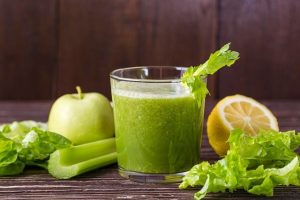
What about protein powder?
The information I’ve shared shows you that you don’t really need protein powder if you eat a variety of foods like beans, whole grains, and vegetables.
However, very active people might think about using protein powders to get more protein. I used to use protein powders, but after learning more while getting my plant-based nutrition certificate, I’ve decided not to use them anymore.
Studies show that protein powders (whether they’re plant-based or not) might actually be more harmful than helpful.
The protein powder industry was worth almost $18 billion in 2019, but it’s built on unproven health claims, great marketing, and a lot of confusion about how much protein we need for a healthy lifestyle.
A recent study by the Clean Label Project tested the top 130 selling protein powders and found that 75% had measurable levels of lead, 55% contained BPA, and many also had elevated levels of mercury, cadmium, arsenic, and other harmful chemicals.
These problems were found in both organic and non-organic products, including plant-based protein powders. Unfortunately, protein powders aren’t regulated by federal agencies, so their safety isn’t guaranteed.
